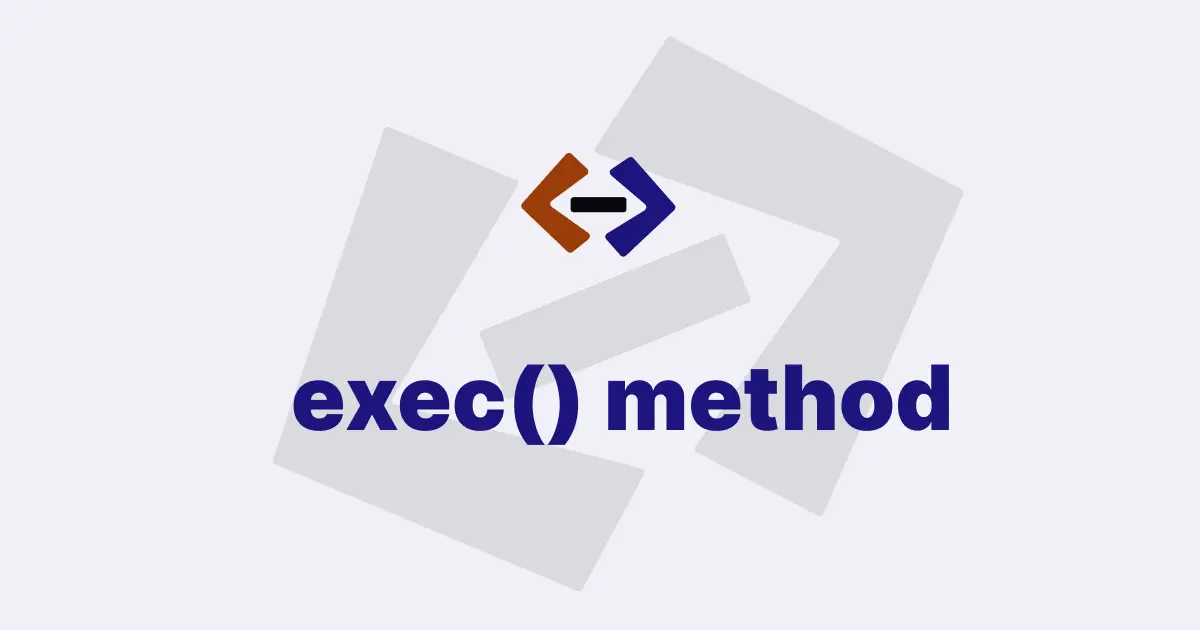The eval() function in JavaScript is a function that allows developers to dynamically evaluate and execute JavaScript code at runtime.
It can be used to perform a wide range of operations, from simple arithmetic calculations to more complex programmatic tasks.
The basic syntax of the eval() function is as follows:
eval(string);Where string is the JavaScript code that you want to execute. When you call eval() with a string argument, the JavaScript interpreter will parse and execute the code in the current scope. The result of the evaluation will be returned as the function’s return value.
For example:
If you pass the string “2 + 2” to the eval() function, it will be evaluated as a JavaScript expression, and the result 4 will be returned:
let result = eval("2 + 2"); // result is 4In addition to simple arithmetic expressions, the eval() function can be used to execute more complex JavaScript code, such as functions and control structures:
let code = "function add(a, b) { return a + b; }";
eval(code);
let result = add(2, 3); // result is 5In this example, the eval() function is used to define a new function called add(), which takes two arguments and returns their sum. The code is then executed by calling the function, and the result 5 is returned.
Security risks with the eval() function
One of the main risks is that it can execute arbitrary code, which can be a major security vulnerability if the code is not properly validated and sanitized.
For example:
let userCode = prompt("Enter some JavaScript code:");
eval(userCode);In this code, the eval() function is used to execute any JavaScript code that the user enters into the prompt dialog. This is an extremely dangerous practice, as it allows an attacker to execute arbitrary code on the user’s machine. An attacker could use this to steal sensitive data, install malware, or take other malicious actions.
For this reason, it is generally recommended to avoid using the eval() function.
If you do need to use eval(), be sure to validate and sanitize any user input that will be executed with this function, and limit its scope as much as possible to reduce the risk of unintended consequences.
Thank you for reading, and let’s have conversation with each other
Thank you for reading my article. Let’s have conversation on Twitter and LinkedIn by connecting.
